Diverse Communities, Multiculturalism
Pathways
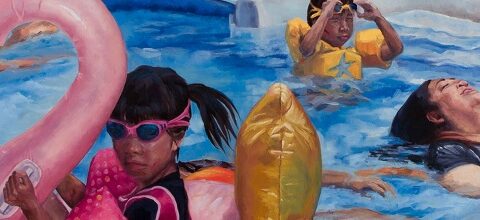
Through the perspective of Vietnamese Canadian artist Chrystal Phan and others, we take a closer look at the journey of people who came to Canada from Vietnam as refugees and settled in British Columbia in the years 1979–80.
View Pathway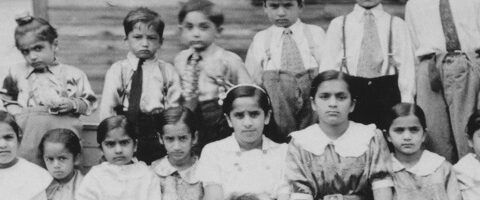
Learn about this extraordinary community on Vancouver Island, established in 1917 by a man named Mayo Singh.
View Pathway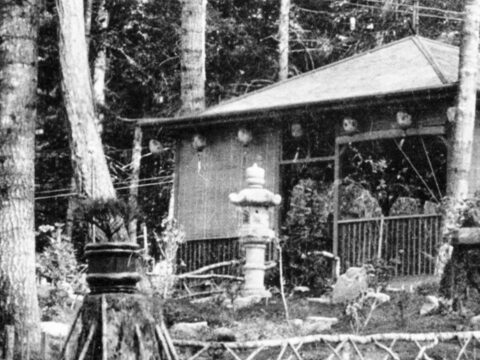
This pathway examines the displacement and dispossession of thousands of Japanese Canadians in Canada in the 1940s.
View Pathway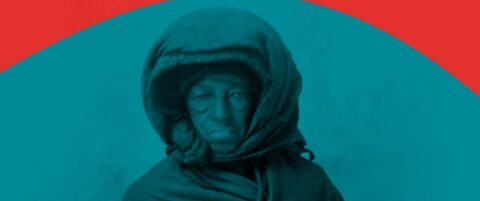
1In 1 playlists
This pathway is connected to the exhibition Hope Meets Action: Echoes Through the Black Continuum. The exhibition and pathway explores the connections between historical and contemporary Black experiences throughout BC.
View Pathway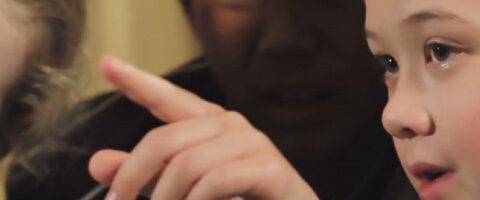
2In 2 playlists
This pathway is especially for teachers who want to use object-based learning in the classroom. Includes lesson ideas and online support.
View Pathway
1In 1 playlists
Every family has a unique and special story. At the Royal BC Museum we have lots of stories—and histories—about British Columbia families. Come and explore! (Grades K-3)
View Pathway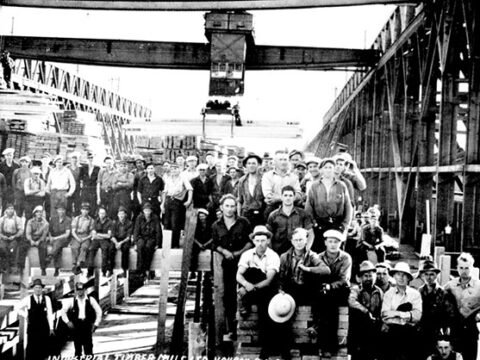
7In 7 playlists
Explore interviews from the Centre for Indo-Canadian Studies at the University of the Fraser Valley. Learn more about the experiences of early Punjabi immigrants to Canada.
View Pathway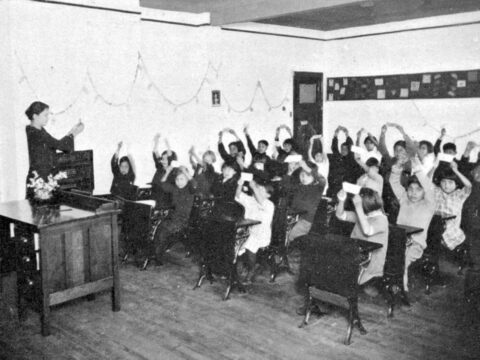
5In 5 playlists
How do we reconcile past wrongs? Look at documents and objects from the Royal BC Museum’s ethnology collection and archives to learn about the effects of Indian residential schools and think about how we can reach reconciliation.
View Pathway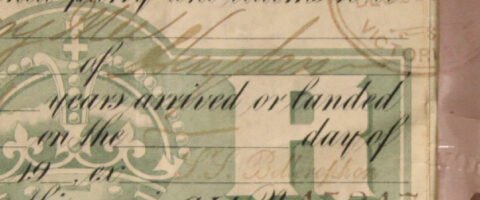
7In 7 playlists
Look into documents and artifacts from the Royal BC Museum and Archives to uncover how the Chinese Canadian community was treated in BC’s past.
View Pathway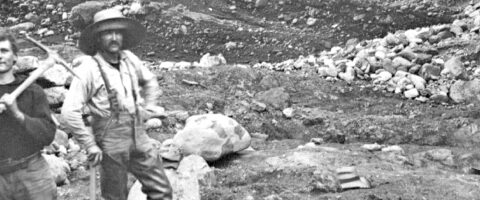
9In 9 playlists
Did you know that there has been a connection between China and BC for over 225 years? Explore the Royal BC Museum and Archives and use our collections to find out more about early Chinese Canadian history.
View Pathway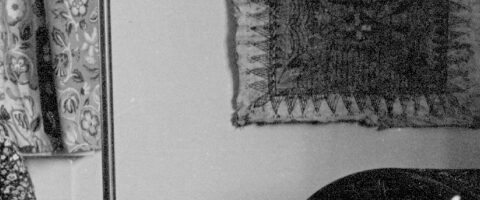
5In 5 playlists
Oral history recordings are like time machines. They transport us to the past and help us learn about the people and places of British Columbia. They are uniquely personal accounts of the past from the people who actually lived it. What can you discover about British Columbia’s past by listening?
View Pathway
6In 6 playlists
In 1858 word of gold rang out in the Fraser Canyon, setting off a dramatic migration of people and propelling this once remote region of western North American into the modern age. What can you discover about BC's gold rush?
View Pathway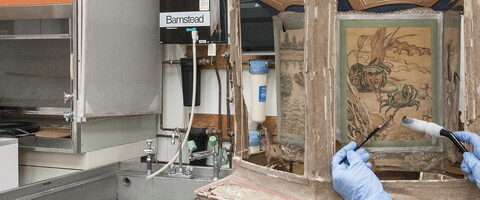
2In 2 playlists
Canada’s oldest Chinatown is in Victoria, BC. The Royal BC Museum exhibition Tradition in Felicities used video, photographs and the written word to celebrate the community of this national landmark. Teachers look for lesson plans in Watch!
View PathwayEntries
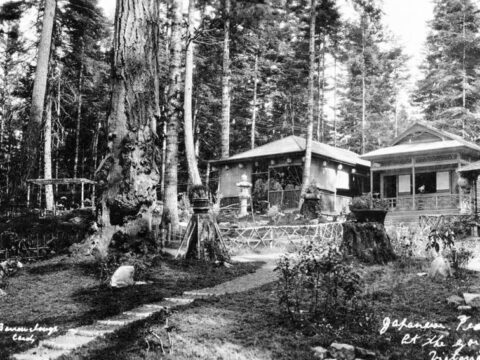
1In 1 playlists
Hayato Takata and Yoshitaro Kishida opened the garden on July 11, 1907. Two Takata brothers started to run the garden as a family business in 1922. The Takata family was interned in 1942. Their houses and the garden were vandalized and destroyed. The rest of their belongings were sold off by the government. [BC Archives-E-01902] Learn more about this image at BC Archives here.
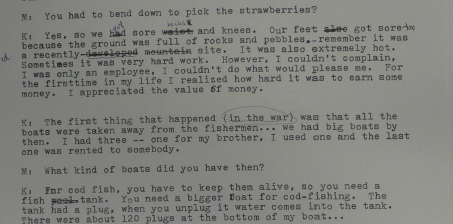
1In 1 playlists
Hideo Kokubo was interviewed in Vancouver in 1973 in a project by Reynoldston Research and Studies. He discusses life as a fisherman in BC in the 1940s and mentions how the government seized Japanese Canadian fishing boats during the Second World War. [BC Archives-AAAB8584] Learn more about this interview at BC Archives here.

1In 1 playlists
The owner of the Ikeda Mine, Arichika Ikeda, died in 1939 but the ownership of his mine came under the jurisdiction of the Custodian in 1942. His wife, Kaoru Ikeda, interned in Slocan, was made to release her rights to the property as well as their family house. She died after four years of internment in the spring of 1946. [BC Archives H-04580] Learn more about this image at BC Archives here.
Media
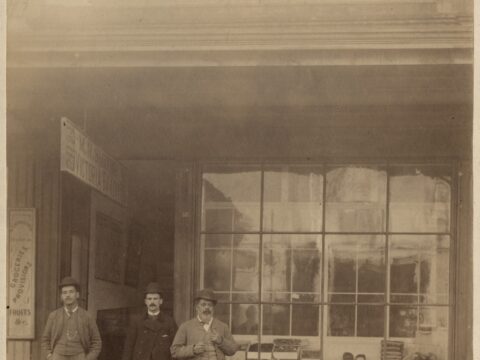
Victoria Bakery
Look
The Alexander Story
Read
Hamilton Smith
Read
History in Perspective
Read
Hannah’s Story
Read
Journey to Freedom Day
Read
Little Saigon
Read
Escape to Freedom
Read
British Columbians Respond
Read
Sital Dhillon
Watch
Nsibe Puri
Watch
Nadeem Kulwant Parmar
Watch
This Week in History – Season 8 Episode 11: The Fascinating World of Sponges
Watch
This Week in History Season 4 Episode 20 Chinatown Butcher
Watch
Punjabi Canadian Legacy
Watch
Guangzhou to British Columbia
Watch
Jagger
Listen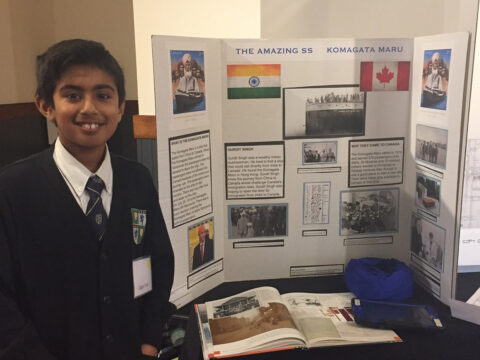
Jagger with Project
Look
Faith’s Video
Watch
Sehrtaj’s Video
Watch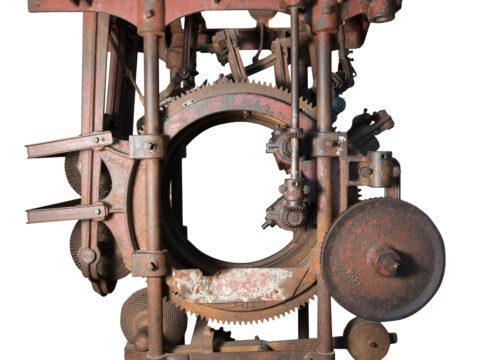
Fish Butchering Machine
Look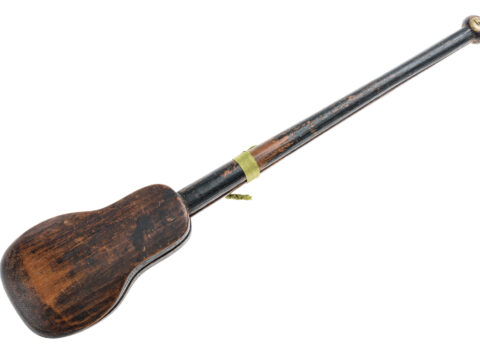
Chinese Opium Scale
Look
Chinese Legacy in BC
Read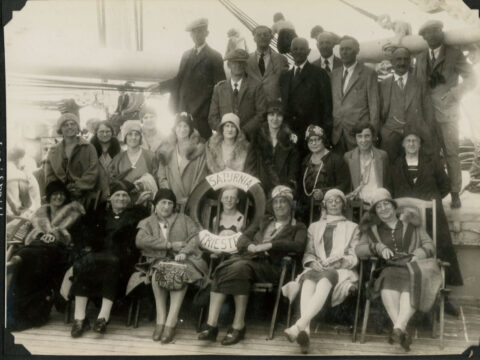
Bossi Family Trip to Italy
Look
What’s Your Story? with Dr. Evan Adams
Watch
What’s in a Name?
Listen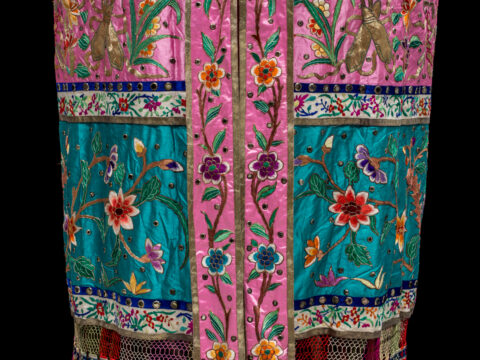
Chinese Canopy
Look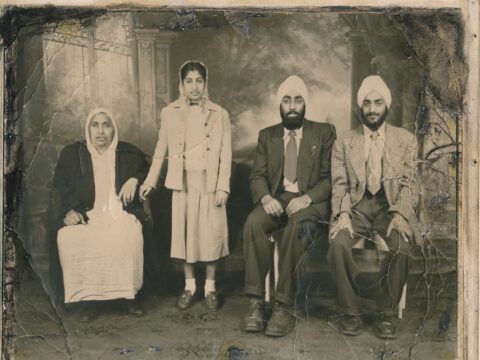
Dhan Kaur Labh’s Family
Look
Mud Silk
Read
FINAL Surjit Singh Tatla
Read
FINAL Sohan Singh Labh
Read
FINAL Rajinder Singh Gill
Read
FINAL Mukand Pallan
Read
FINAL Gurbakhsh Singh Narang
Read
FINAL Amarjit Singh Heer
Read
Definitions of Terms
Read
MP Todd Doherty – BC Punjabi Intercultural Initiative
Watch
Secondary School lesson plan
Read
Elementary School lesson plan
Read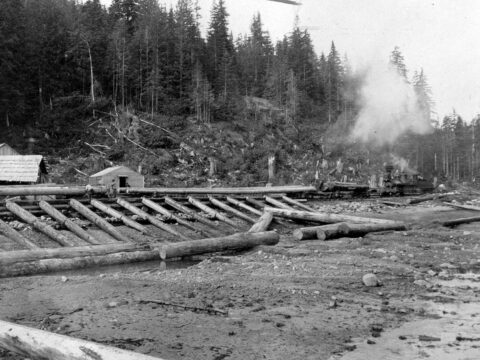
web_i-56109
Look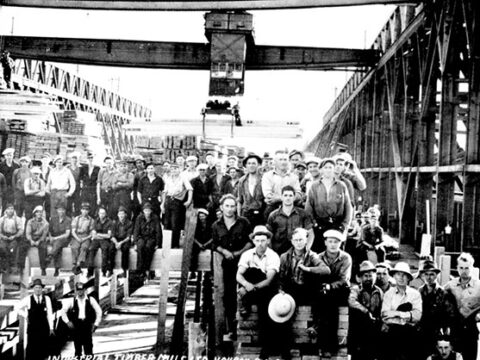
web_e-02875-1
Look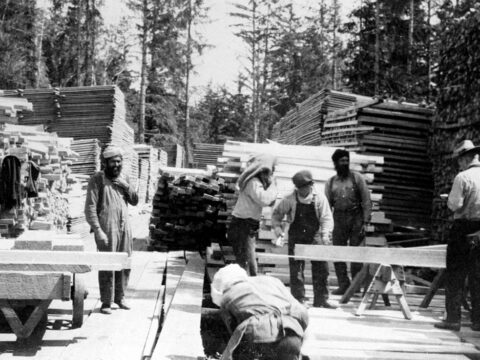
web_d-04655-1
Look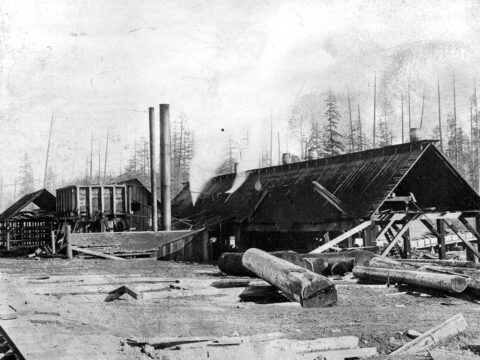
web_d-01288-1
Look
Rajinder Singh Gill
Listen
Surjit Singh Tatla
Listen
Gurbakhsh Singh Narang
Listen
Mukand Singh Pallan
Listen
Amarjit Singh Heer
Listen
Sohan Singh Labh
Listen
Youbou Sawmill
Look
Island of Voices by RoyalBCMuseum
Listen
Fire and Opium
Watch
Mud Silk
Watch
Bean Sauce and Drums
Watch
David Lai at the Immigration Building
Watch
Shaft Entrance
Look
A Request for Wages Not Paid to Chinese Workers (1865)
Read
Roman
Watch
Henry Vivian “Paddy” Acland
Listen
Kelvyn
Watch
Vlad
Watch
Michal
Watch
Nur Sabrina
Watch
Joyness
Watch
Ha
Watch
Kohtaro
Watch
Deportation_of_Chinese_workers_by_Penticton
Read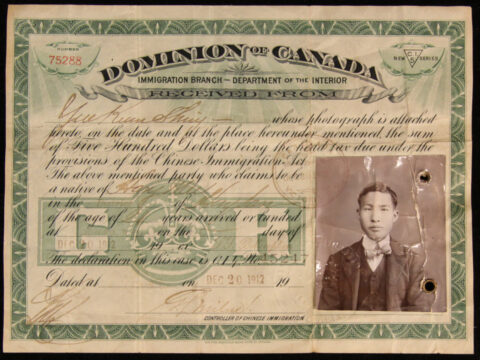
Look
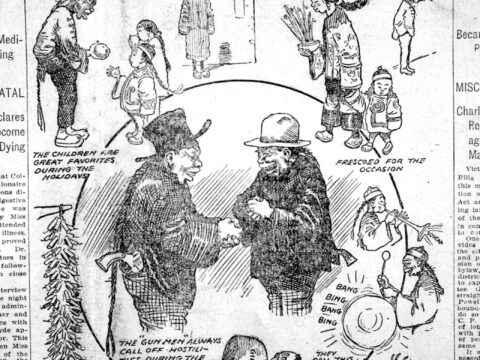
Look
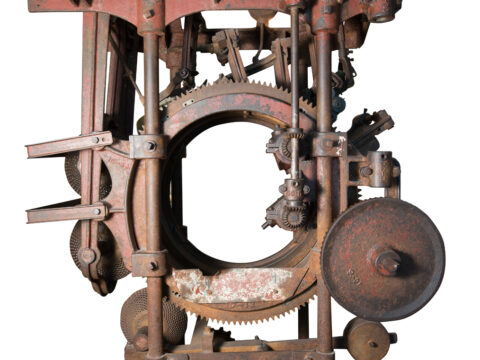
Look

Look
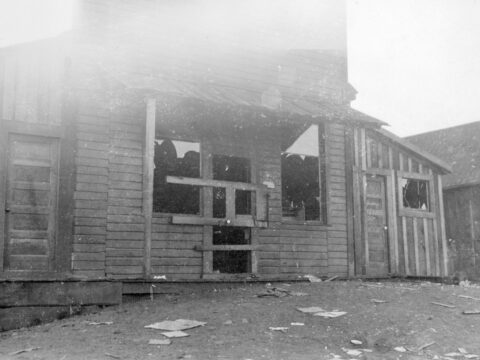
Look
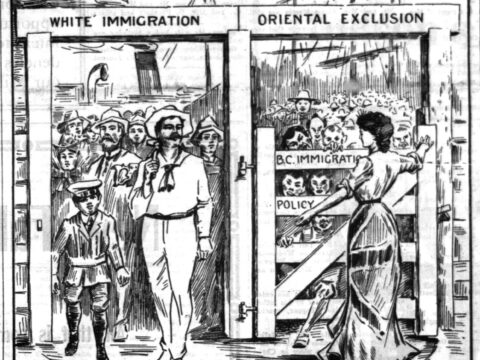
Look
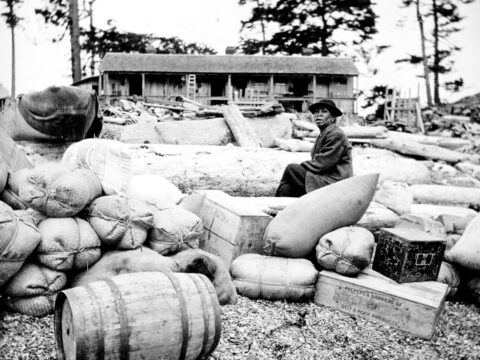
Look

Look
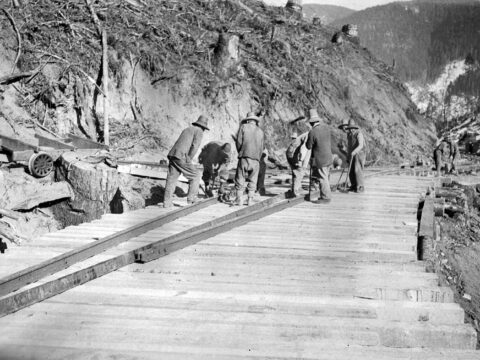
Look

Fred Soon Interview – Jobs & Education
Listen
Fred Soon Interview – Chinese Immigration To BC
Listen
Fred Soon Interview – Conditions Inside The Immigration Building
Listen
Fred Soon Interview – Detained at the Immigration Building
Listen
Fred Soon Interview – Getting to BC
Listen
english_apology
Read
GR-0429.3100
Read
act-respecting-chinese-immigration
Read
act-to-amend-qualification
Read
An Act to Regulate Chinese Population of BC
Read
An Act to prevent the immigration of Chinese (1884)
Read
An Act to prevent Chinese from acquiring Crown Lands (1884)
Read
A Request for Wages Not Paid to Chinese Workers (1865)
Read
Connecting our Collections with the Community
Read
A Chinese Coin to Raise Canadian Dollars
Read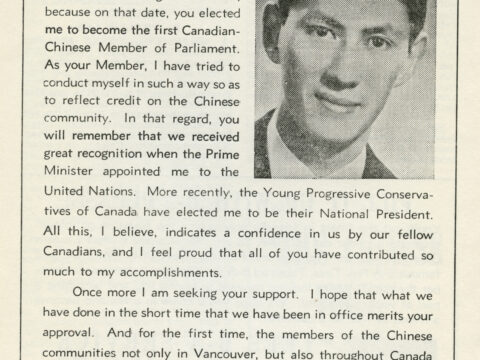
Look
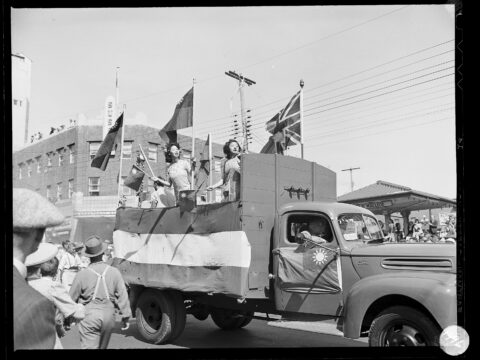
Look
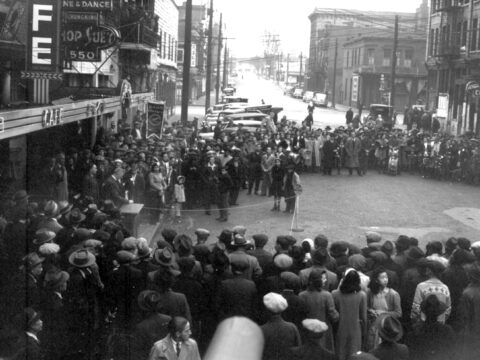
Look
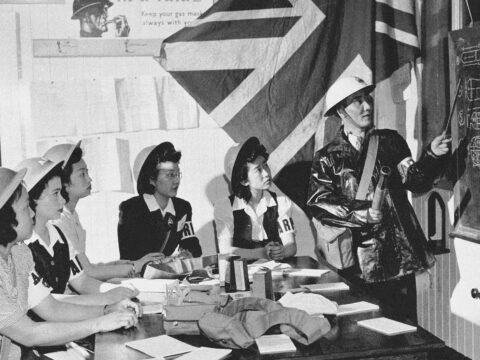
Look
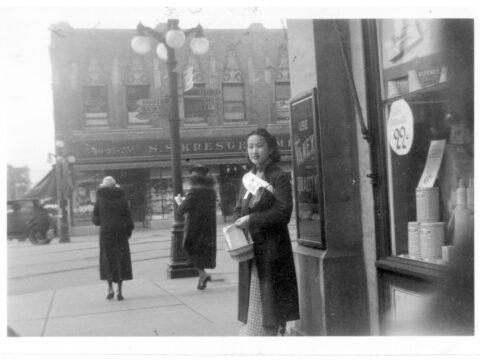
Look
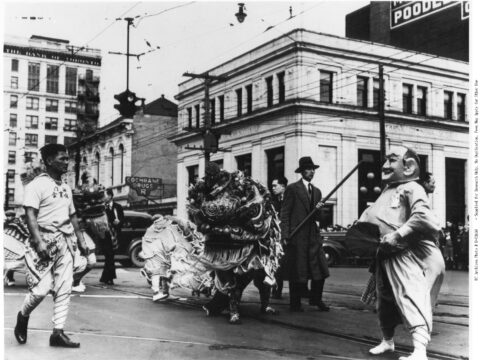
Look
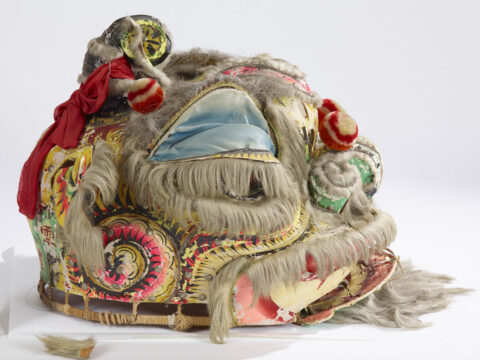
Look
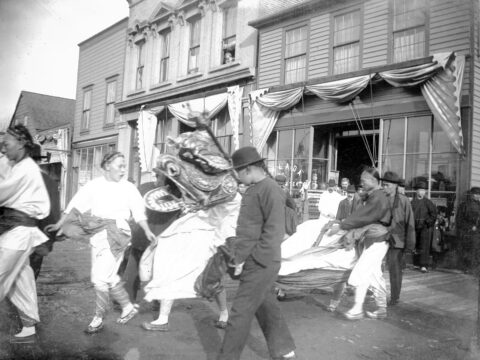
Look
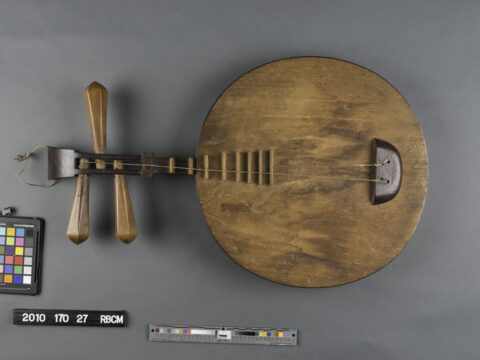
Look
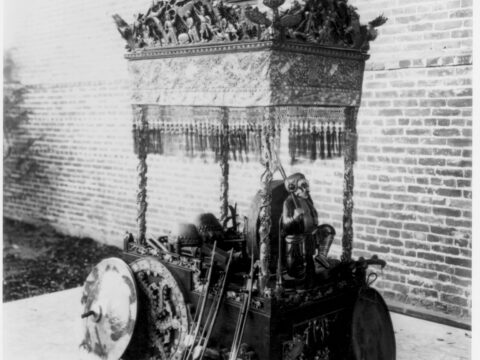
Look
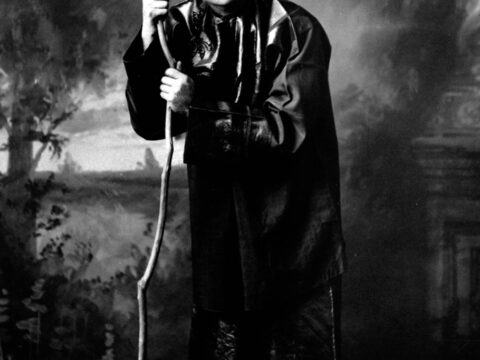
Look
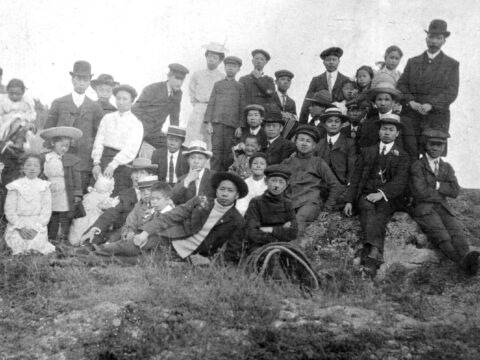
Look
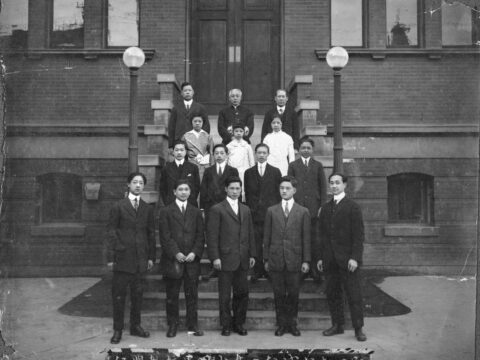
Look
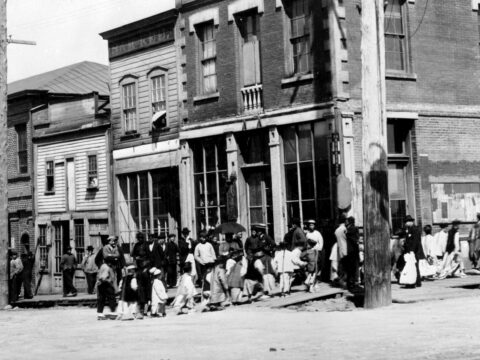
Look
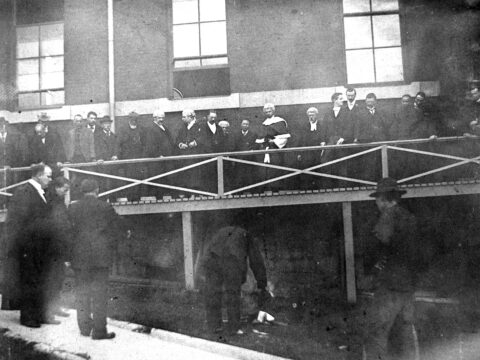
Look
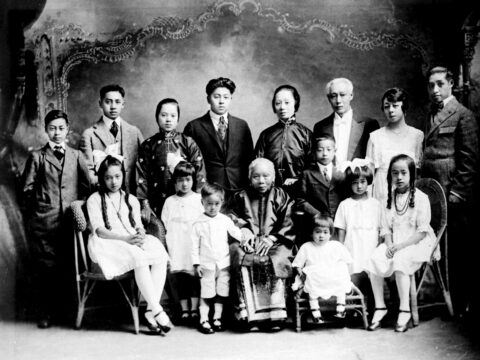
Look
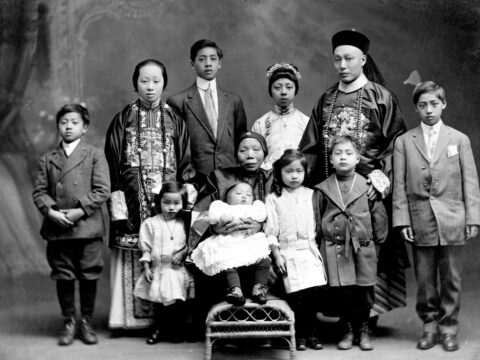
Look
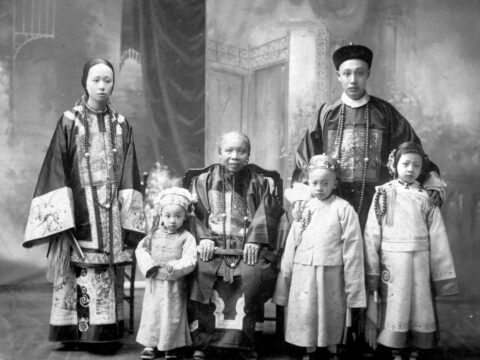
Look
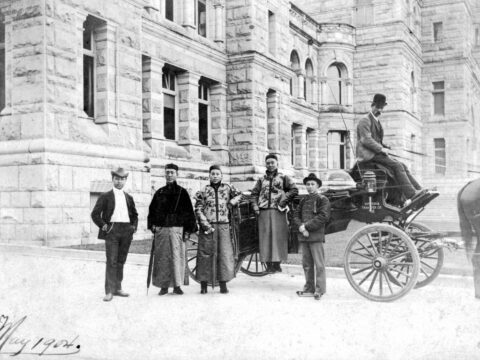
Look
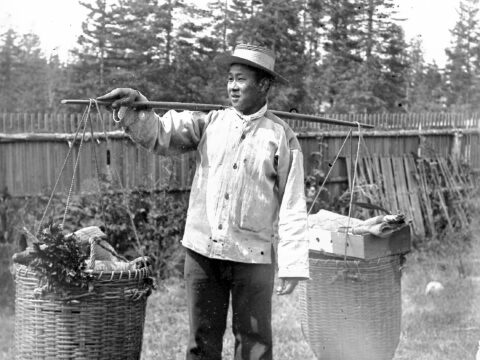
Look
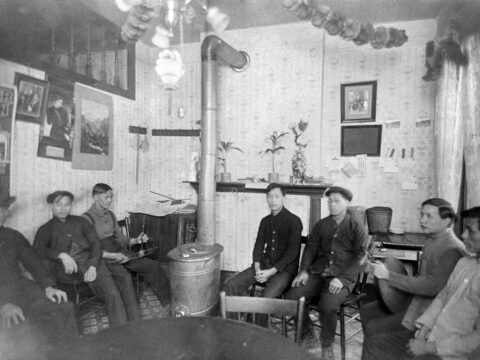
Look
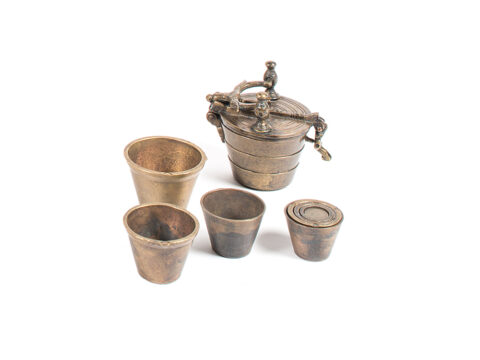
Look
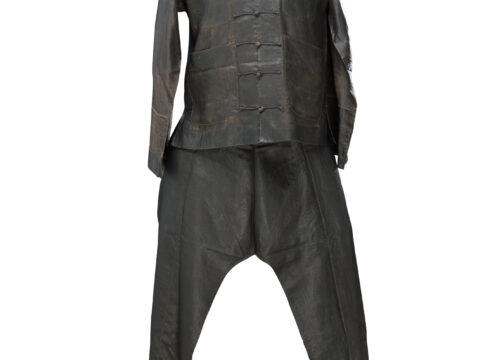
Look
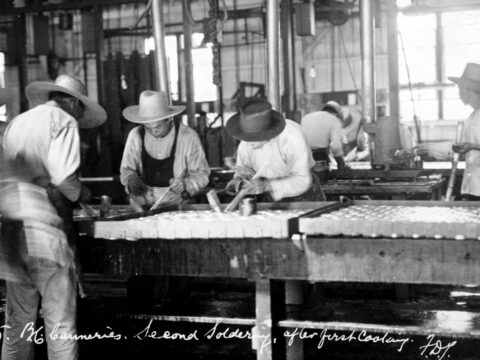
Look
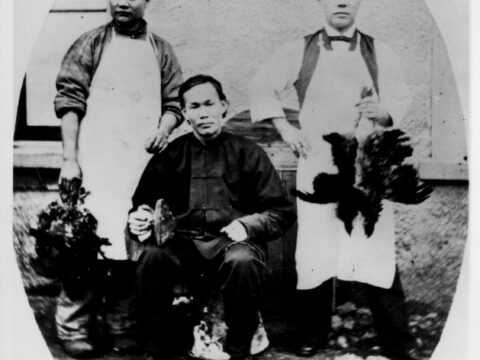
Look
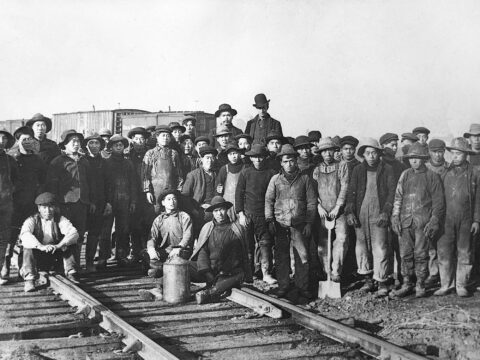
Look
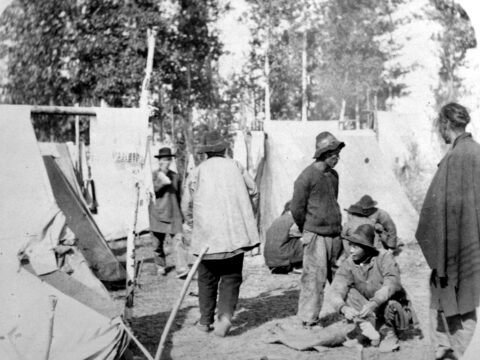
Look
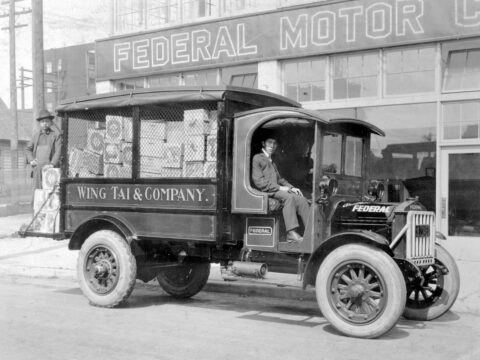
Look
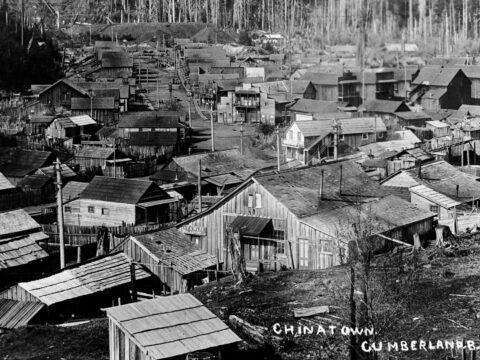
Chinatown – Cumberland
Look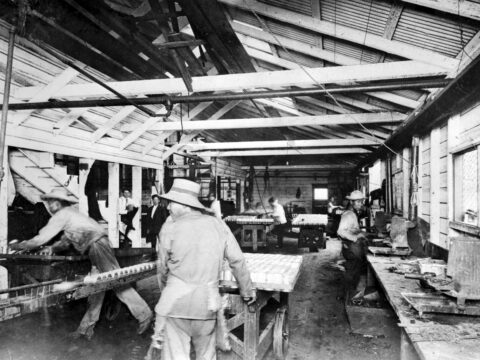
Look
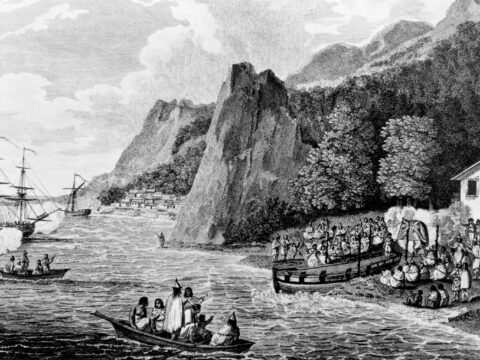
Look
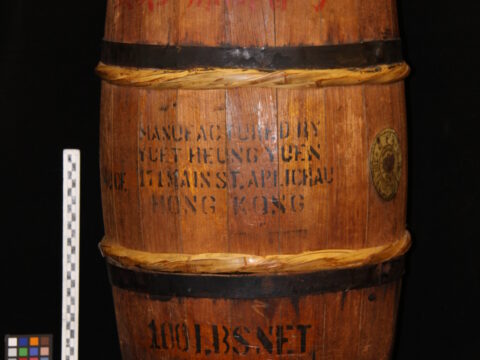
Look
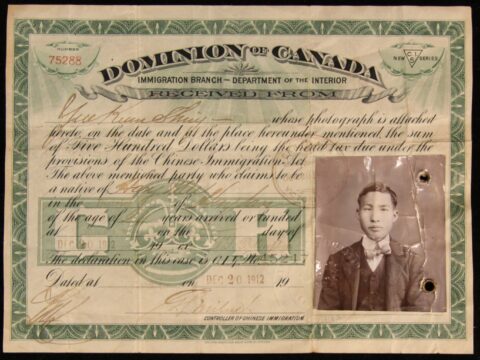
Chinese Head-Tax Certificate, 1911.
Look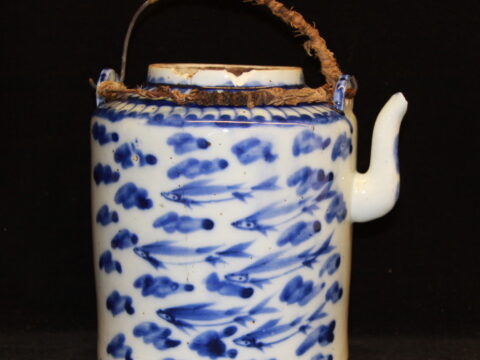
Look
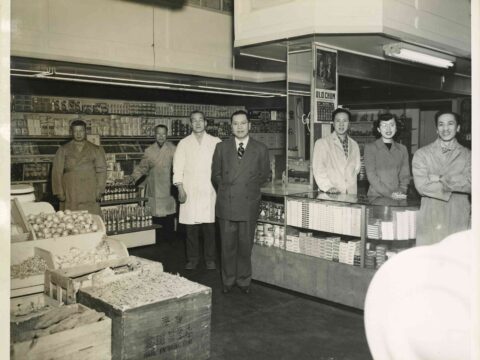
Look
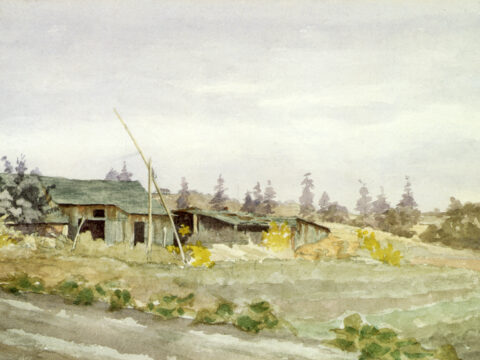
Look
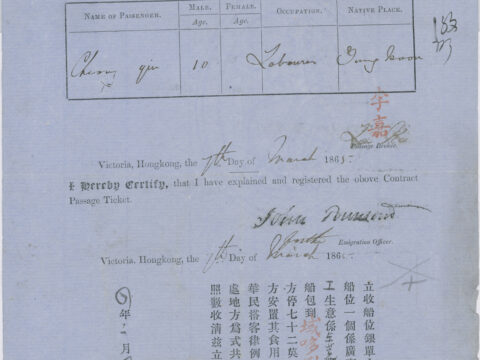
Maria Ticket
Look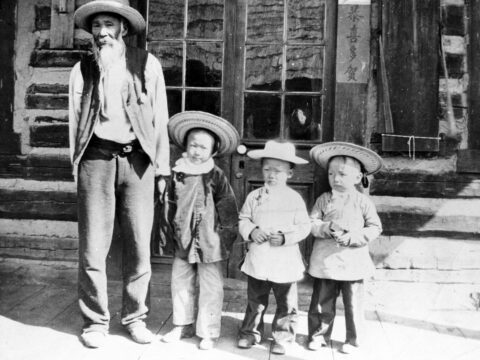
Nam Sing
Look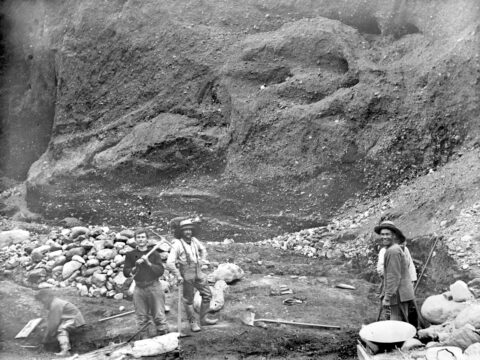
Look

Chinese Opera Music
Listen
Chinese New Year
Watch
A Letter from Chinatown
Watch
Chinese Opera Scenes, Vancouver, 1944
Watch
The Sisters of St. Ann
Read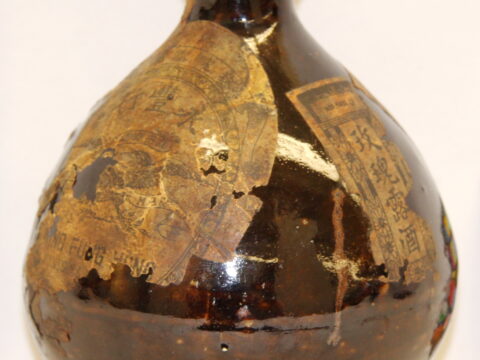
Whisky Bottle
Look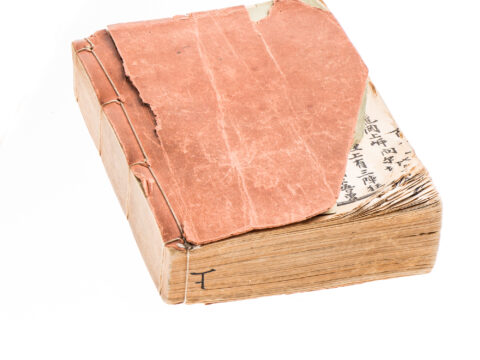
Freemason Manual
Look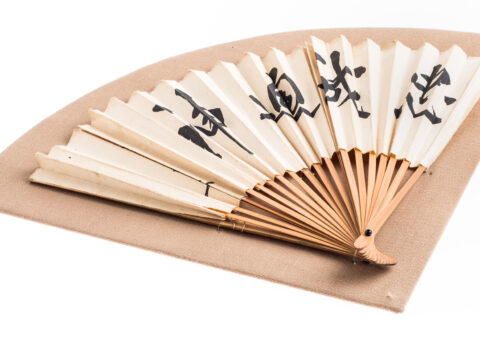
Fan
Look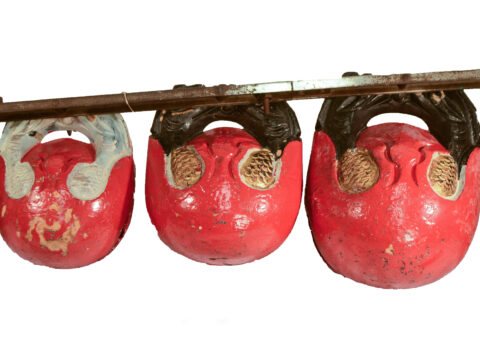
Bells
Look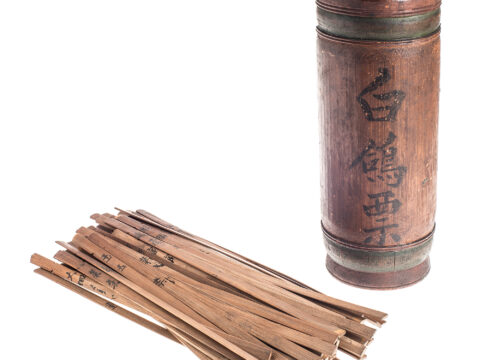
2015sl0121084p
Look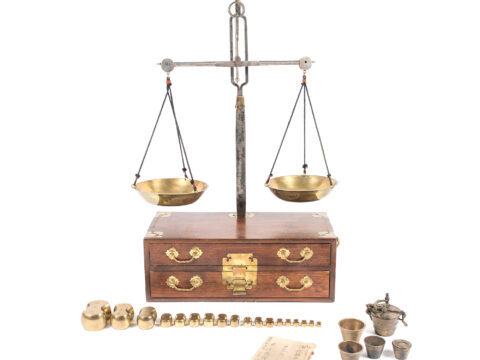
2014sl1211007p
Look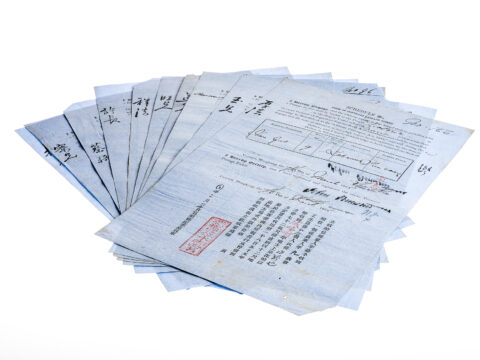
Tickets from Hong Kong to Victoria
Look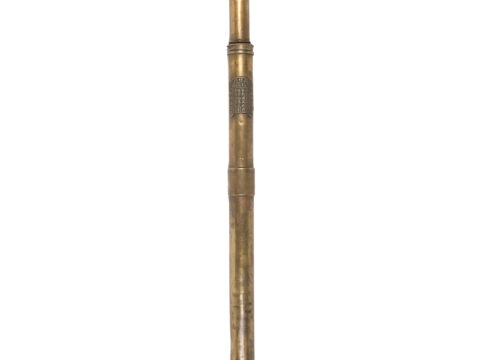
Fire Pump
Look
2007c0914021p
Look
Gold Rush! Educator Resource Guide
Read
Pierre Trudeau Interview
Watch
TeacherGuide_ACenturyAgo
Read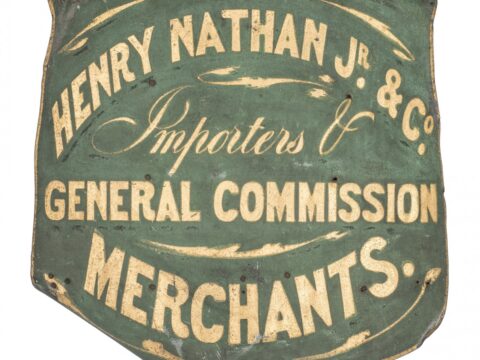
Henry Nathan Jr
Look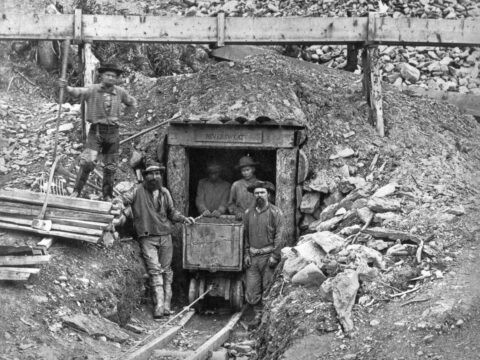
Neversweat Tunnel
Look
Prospector
Look
Gold Rush Music Collection 3
Listen
Tom-Bown-Alex-Phillips
Read
A Chinese Coin to Raise Canadian Dollars
Read
Shirley Chan
Watch
Lesson plan for TiF video secondary
Read
Lesson plan for Tif video elementary
Read
Chinese Freemason’s Lantern Animation
Watch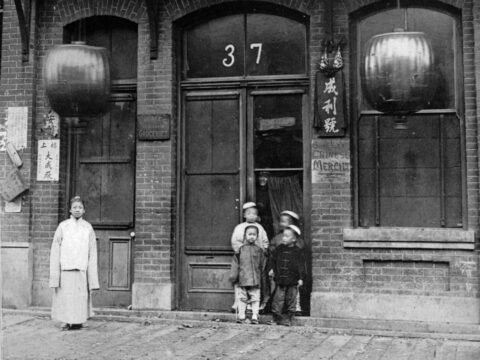
Children in 1900
Look
Cannery Workers
Look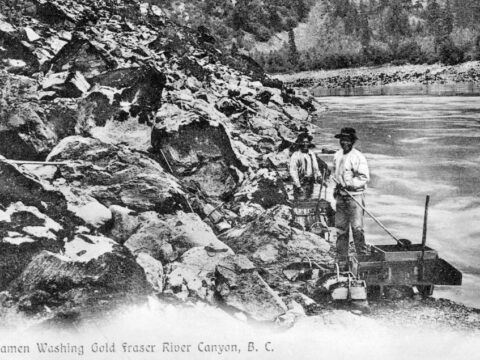
Gold Miner
Look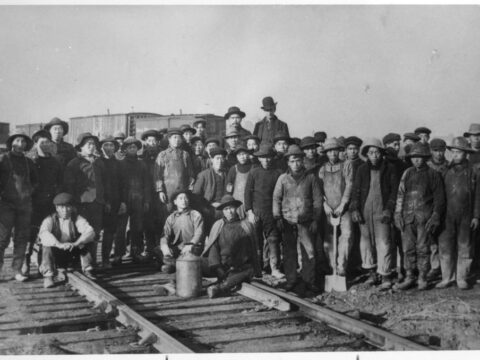
Chinese Railway Workers
Look
Chinese Merchants
Look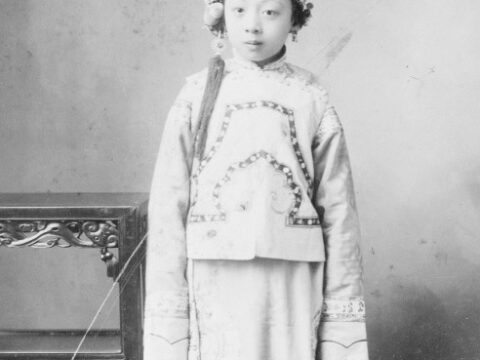
Lee Yut Wah Ida
Look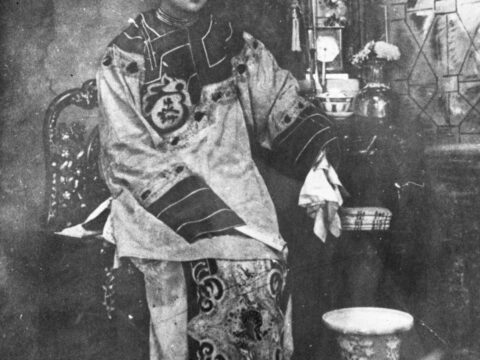
Chinese Woman
Look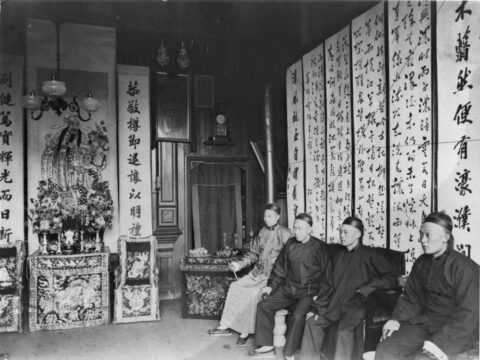
Joss House
Look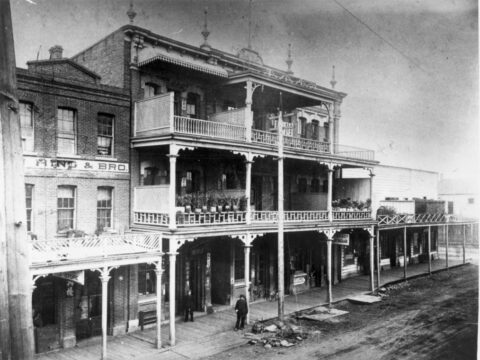
Fisgard Business
Look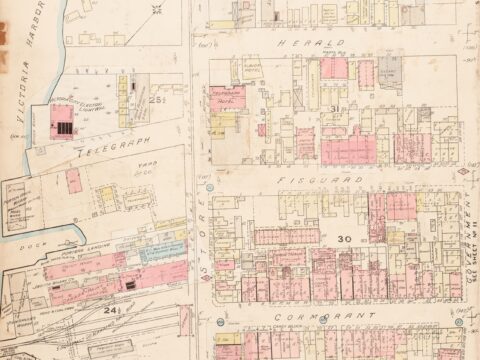
Fire Insurance Map
Look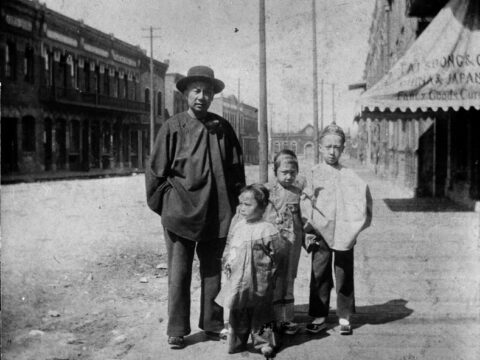
Family on Comorant Street
Look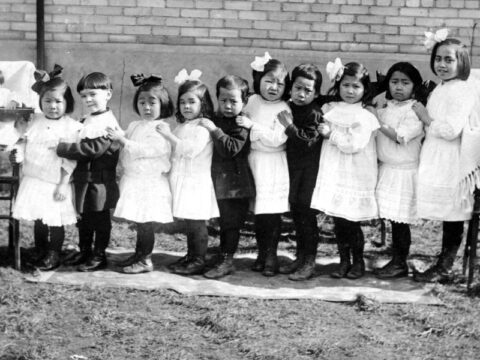
Orphanage Children
Look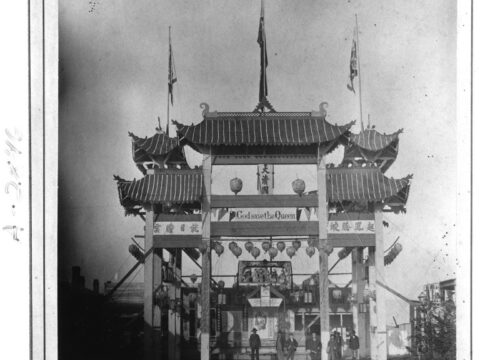
Chinese Arch
Look
Jon Joe (Chow) and Charlayne Thornton-Joe
Watch
Wah Doc (Wally) Low and Frank Low
Watch
Bonita Mar and Lena Lee
Watch
Reta Der, Corinne Wong and Gerald Quan
Watch
Dr David Chuenyan Lai
Watch
